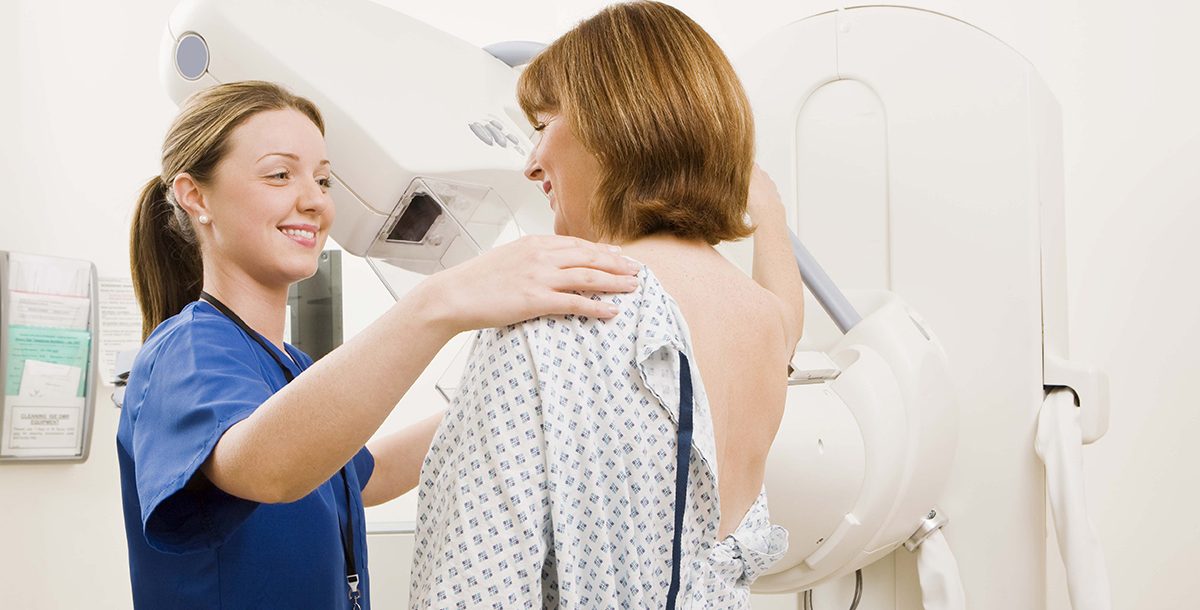For women 40 years and older, an annual screening mammogram is strongly recommended. If you haven’t had your mammogram this year, now is the time to get it scheduled. And when it comes to mammograms, it’s widely understood that a 3D mammogram is the better option. But what is a 3D mammogram?
We spoke with Kathy McCarthy, supervisor of breast imaging at Mercy Health – Springfield Regional Medical Center and Mercy Health – Urbana Hospital about 3D mammography and how it improves breast care for the better.
Digital breast tomosynthesis, also called three-dimensional (3D) mammography, has been proven to increase breast cancer detection by as much as 20 to 60 percent.
And for a disease like breast cancer, where early detection is key, advanced imaging means a direct correlation to saving more lives.
“Most women do not enjoy getting a mammogram,” Kathy explains. “Compression of the breast tissue can be uncomfortable. So, our goal is to get the right amount of compression to obtain great images of the breast as well as work with the patient to obtain what is needed in the least uncomfortable way possible.”
For most exams, the compression time is less than one minute for each image, and our team works quickly to minimize the amount of time the patient is compressed. Most women tolerate the compression of the breast with very little discomfort. For those that have more tender breasts, there may be more discomfort.
“Most women actually say after their mammogram that it wasn’t that bad and that everyone overhypes the compression,” Kathy adds.
Having mammograms routinely allows the mammography radiologist, who specializes in reading mammograms, to compare your previous mammograms and look for changes in the breast tissue from year to year.
When a change is detected, it needs to be decided if it is a normal change or if there is something new and different that needs evaluated further. 3D mammography creates images of the breast in slices instead of looking at the breast tissue all on top of each other. The slices then allow the mammography radiologist to look at each slice individually, which helps reduce the number of patients being called back for additional imaging.
Additionally, 3D mammograms are FDA-approved, and the radiation is still minimal.
It is important to know that while 3D mammography is a better mammogram, if a patient does not have access to a 3D mammogram, they should still have a 2D mammogram performed annually.
The 3D mammogram also requires the patient to be able to hold still while the image is taken, so there will be times when a 3D exam is not possible for some patients.
We suggest the following recommendations for receiving either type of mammogram:
- Women aged 40 to 49 may benefit from regular mammograms. Talk to your doctor about your risk factors and when you need to get screened.
- Women aged 50 to 74 may benefit from regular mammograms. Screening is recommended at least every two years.
- If you are under age 40 with a family history of breast cancer, talk to your doctor about all your risk factors, and if you need to start mammography at an earlier age.
Kathy also shares her top three steps for good breast care:
- Yearly exam by your primary care provider
- Breast self-awareness
- Routine mammograms
Learn more about breast cancer and find a Mercy Health primary care provider near you to talk to about mammograms today.






